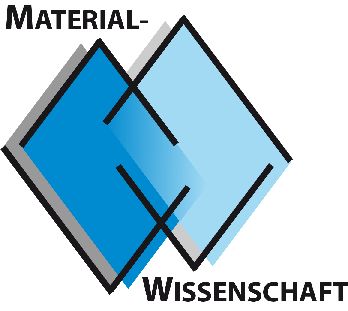Exploring Sm-Co-B phase diagram to facilitate the magnet development
Advanced Research Lab, Master Thesis
SmCo4B exhibits the highest anisotropy, ≈90 T at 300K, field among RE-TM compounds which delivers an ultrahigh coercivity of 4.4 T [1]. However, they exhibit a low μ0Mr of 0.3T which limits their maximum energy product as well as their performance. This project aims to overcome the low magnetization of SmCo4B-based compounds while preserving their large μ0Hc. For this purpose:
In Step 1, SmCo4B ingots will be prepared by arc melting followed by melt spinning to refine the grain size. The grain size refinement parameters (wheel speed, nozzle size, annealing temperature) will be optimized to achieve the highest μ0Mr and μ0Hc. (ARL)
In Step 2, the composition belonging to the highlighted regions will be prepared with the method optimized in Step 1. This region is expected to deliver a mixture of Sm2Co17 and SmCo4B. By optimizing the melt spinning and annealing condition, it will aim to obtain a core-shell structure where the Sm2Co17 core will provide large Ms (μ0Ms =1.25 T, μ0Ha =8.5 T) and SmCo4B shell will provide large Hc (μ0Ms =0.4 T, μ0Ha = 90T). (ARL)
In Step 3, the ribbons that show superior magnetic properties will be used to develop an isotropic and anisotropic magnet. For this purpose, hot compaction, hot deformation, and liquid sintering procedures will be preferred. (Master thesis)
As a result, we will aim to produce a cost-effective version of SmCo5-type magnets for sustainable magnet industry [3,4].
[1] X. Jiang et al., J. Alloys Compd. 617 (2014) 479-484.
[2] Y. Chen et al., J. Alloys Compd. 305 (2000) 216-218.
[3] M. Gjoka et al., Materials, 17 (2024) 808.
[4] X. Chi et al. J. Alloys Compd. 942 (2023) 169107.



